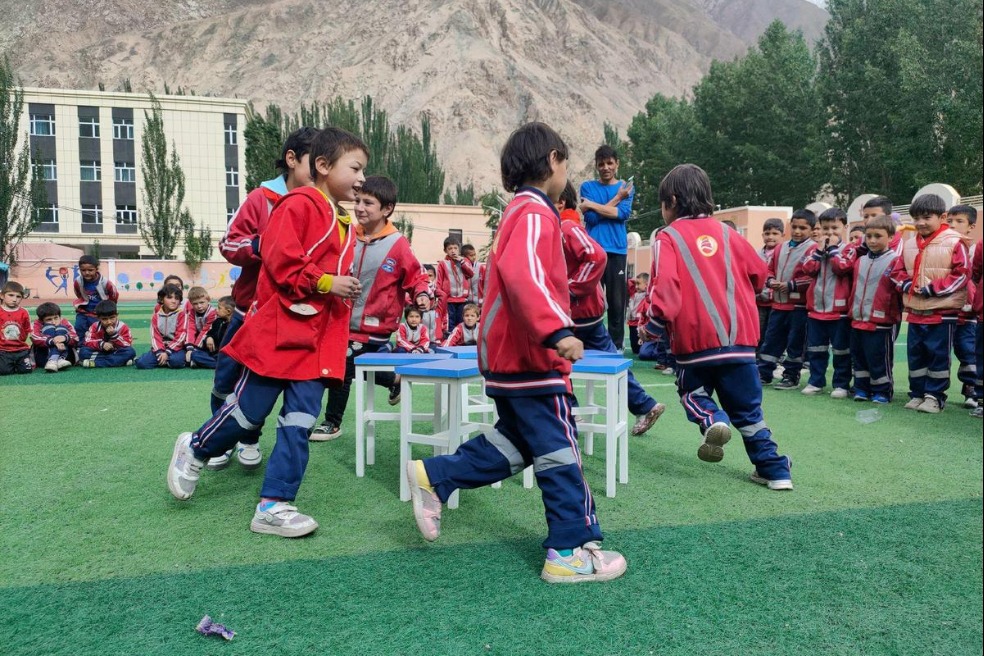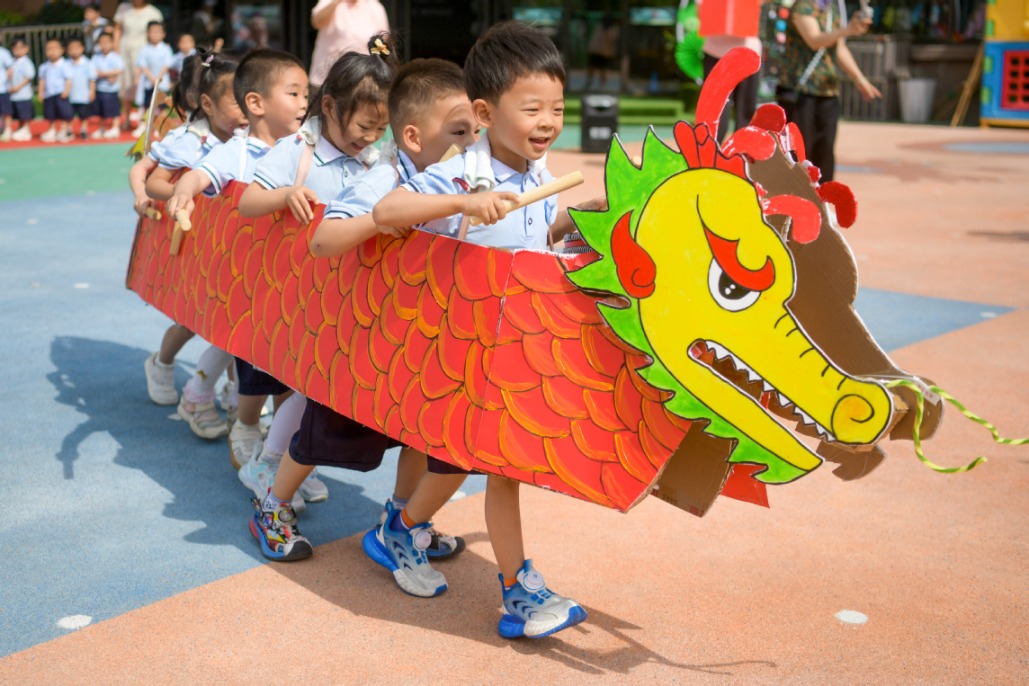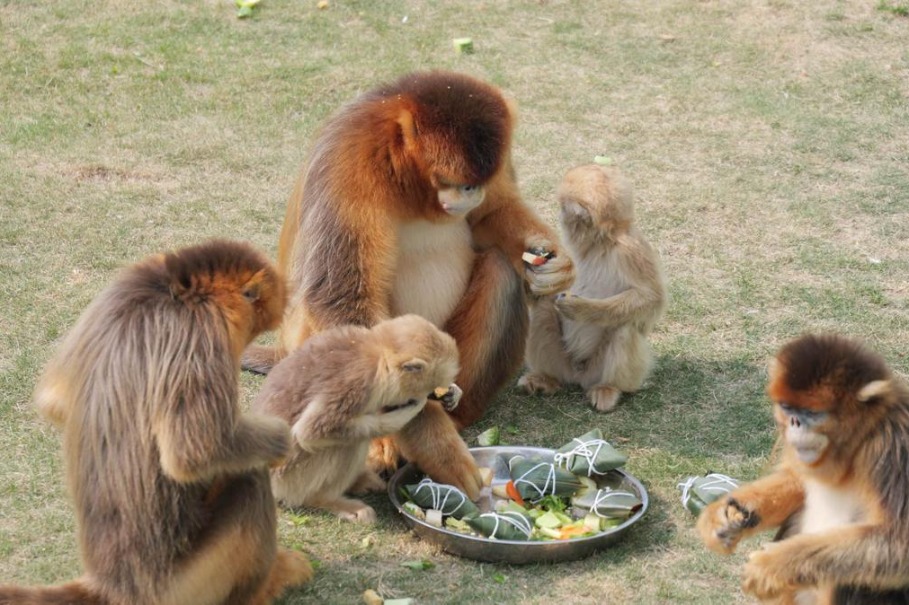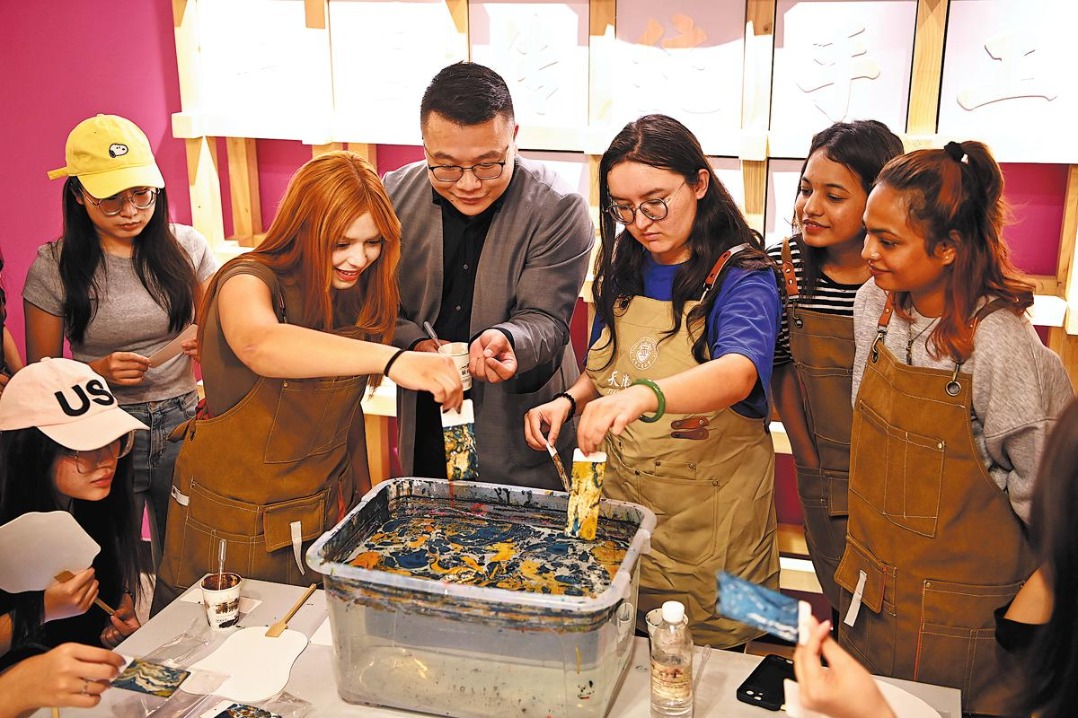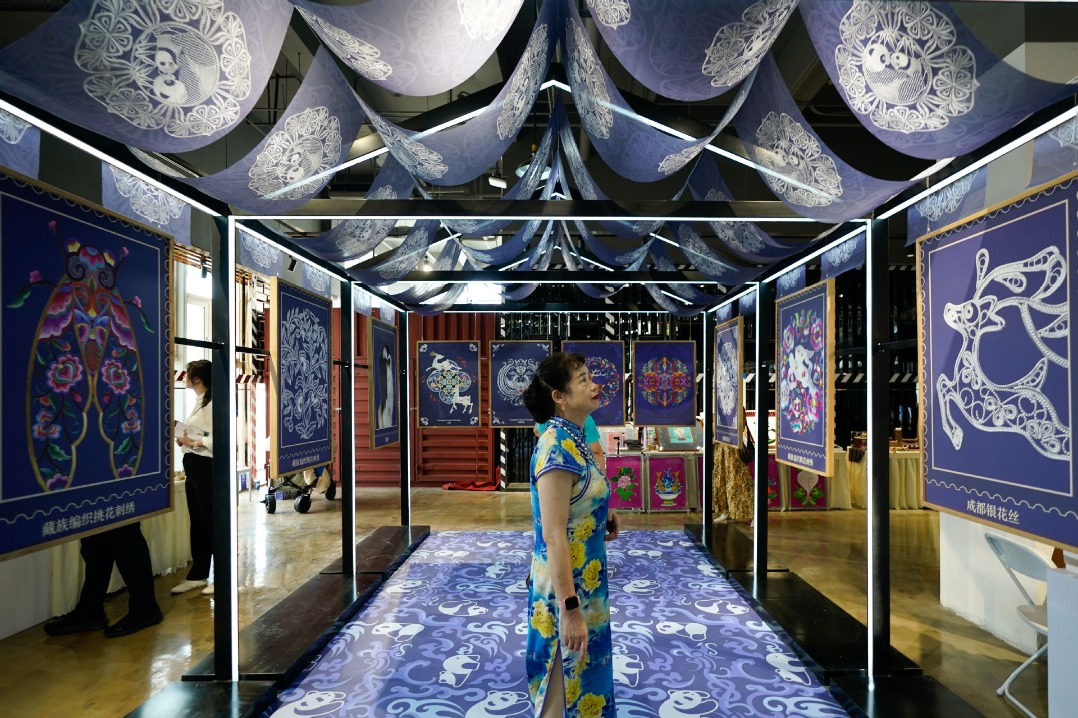Rice-crayfish farming pushes rural vitalization

May marks the arrival of crayfish season, when the small freshwater crustaceans are welcomed on dining tables across China.
In the Guangxi Zhuang autonomous region, rural communities have transformed scattered plots into thriving rice-crayfish rotation bases, boosting employment and driving rural vitalization. As a renowned crayfish farming base in Guangxi, Houlu township has transferred more than 667 hectares of land for rice-crayfish co-cultivation since 2021.
In 2023, the local crayfish association introduced an innovative integrated farming model that optimizes land use efficiency. By last year, this method had been implemented across 66.7 hectares of paddies, boosting annual output value per hectare to 135,000 yuan ($18,751) — marking a significant increase in productivity.
"The yield reaches 150 to 200 kilograms of crayfish per mu (0.067 hectare), plus ecological rice, pushing the per-output value above 9,000 yuan," said Mo Feiyue, president of the association.
Rice-crayfish rotation is a farming method in which rice and crayfish are grown in the same field, but during different seasons.
To address the issue of idle shrimp ponds in traditional rice-crayfish rotations, Houlu has also introduced a "return lease" mechanism. During the off-season for shrimp farming, these fields are leased back to farming households for high-quality rice cultivation, increasing land use efficiency by nearly 40 percent.
So far, 2,672 households in Houlu have benefited from land transfers. In addition, more than 200 surplus rural laborers have found employment nearby, and 589 people have received technical training, more than 30 percent of whom come from impoverished households.
"The township's rice-crayfish and rice-crab cultivation area spans 800 hectares and has led to the establishment of more than 20 operating entities, including cooperatives, family farms and agricultural companies. Furthermore, it has helped cultivate over 100 new professional farmers," said Wu Haichao, deputy secretary of the Houlu township committee of the Communist Party of China.
"This initiative not only ensures food security but also increases efficiency per mu," Wu added.
The prosperity of the industry has also boosted villagers' incomes.
"In the past, planting rice on 1 mu of land generated about 1,000 yuan annually," said Lu Yun, a villager. "Now, with leased land, there is rental income, and working at the production base can earn an additional 200 yuan per day."
In Beihai city, crayfish farming bases in Tangzai village have also become bustling during the season.
"Now is the peak season for us. We start working before 4 am and ship between 1 and 1.5 metric tons of crayfish daily," said Zhou Minjuan, a representative of a farming base.
The high-quality crayfish in the village has attracted numerous wholesalers of aquatic products. As of early May, the village had sold more than 100 tons of crayfish.
Rather than buying crayfish directly from the market, many consumers in urban Beihai are eager to experience catching, cooking and eating them.
According to staff at the farming base, many people travel from Beihai on weekends or holidays to enjoy activities including sightseeing, tasting local dishes and catching crayfish at the rice-crayfish co-cultivation base.
Since the beginning of the year, the base has attracted a total of 23,000 visitors, generating more than 300,000 yuan in income for farmhouse resorts and homestays in Yingpan town, where Tangzai village is located.
The popularity of crayfish has also extended to live broadcasts. Farmers have formed an e-commerce alliance, and villagers are conducting livestreams from the fields to promote their specialty agricultural products.
Official data show that Tangzai village now produces 2.55 tons of crayfish per hectare in its rice-crayfish farming system, with annual profits hitting 150,000 yuan per hectare. In addition, the village's collective income has exceeded 1 million yuan for two consecutive years.
Contact the writers at zhaoruinan@chinadaily.com.cn

















